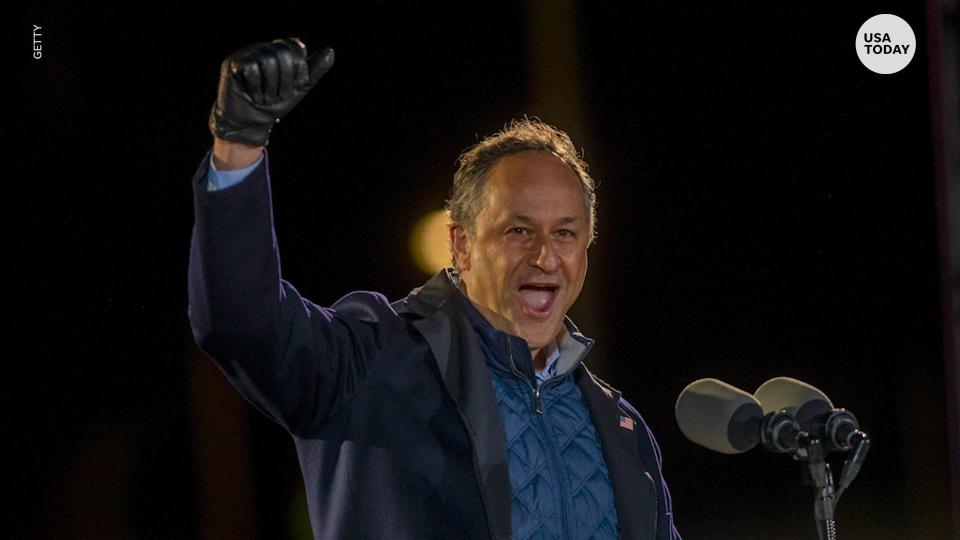Could Nebraska's "blue dot" help Biden win the election?
A page from the Democratic presidential playbook is to win the swing states of Wisconsin, Michigan and Pennsylvania—but Nebraska?
Thanks to population shifts since 2020, the upper Midwest is no longer a guaranteed path to victory for the Democratic Party when it comes to the Electoral College, which consists of 538 electors. Each state has a number of electors equal to its congressional delegation: one for each member of the House of Representatives and two for each U.S. Senator.
To win the presidency, the candidate must secure at least 270 electoral votes, and all eyes are on the Cornhusker State's second congressional district, which holds a single electoral vote that could potentially determine the outcome of the election.
Nebraska and Maine differ from the rest of the country in the way they distribute their electoral votes. They award points to candidates who win individual congressional districts, unlike the remaining 48 states that use a winner-take-all approach.
More: What is the Electoral College? Here's how it works to elect the president.
In 2020, President Joe Biden won Nebraska's 2nd Congressional District, also known as the "blue dot" and includes Omaha, the biggest city in the state. The Democrats are focused on winning this district again while also facing challenges in rebuilding support in the "blue wall" states that helped Biden win four years ago, such as the Great Lakes region.
Former President Donald Trump, who easily carried the rural parts of the state and won the district in 2016, lost to Biden by nearly seven points in 2020— a fact that has not gone unnoticed by the Democrats. In response, Second Gentleman Doug Emhoff recently made his fourth visit to the Cornhusker State, where he asked voters to deliver the "blue dot" to Biden for a second time.
"Joe Biden and Kamala Harris won here ... and we’re going to do it again because this vote, this electoral vote, is important," Emhoff said. "That’s why I’m here and I’m sure we’ll be back."
Prep for the polls: See who is running for president and compare where they stand on key issues in our Voter Guide

C.J. King, chair of the Douglas County Democrats, has reported a noticeable surge in voter mobilization in the district over the past month. While optimistic about the momentum, King acknowledges that a high voter turnout will be required to secure a win.
"There is no key demographic, the races are so tight, we need to motivate voter turnout among all groups,” King said. “There’s a narrow margin; we have to concentrate on everything; we can't leave anyone behind.”
In past presidential elections, the second congressional district's single electoral vote didn't receive a lot of attention, but as races have been narrowing, it is seen as a tie-breaker in the event of a 269-269 result.
Robert Alexander, a political science professor at Ohio Northern University, has suggested that an Electoral College tie in the 2024 election is possible. If Biden fails to win some of the states he narrowly carried last time, such as Georgia, Arizona, and Nevada, he could still win with just one electoral vote from Nebraska.
“It really doesn’t take a lot of imagination to get yourself to an electoral college tie,” Alexander said. “It can be very important, especially in a close election.”

Established in 1991 by the Nebraska Legislature, Nebraska's split vote system didn't divorce the state from its red voting record until former President Barack Obama narrowly won the second district in 2008. Republican state lawmakers have attempted several times to revert Nebraska back to a winner-take-all state but have not been successful.
He also notes that when campaigns invest more time and money into these swing districts, it can signal a potentially tight election.
“The more attention you see on Nebraska, it’s signposting how close the election will be,” Alexander said.
This article originally appeared on USA TODAY: Could Nebraska's "blue dot" help Biden win the election?
